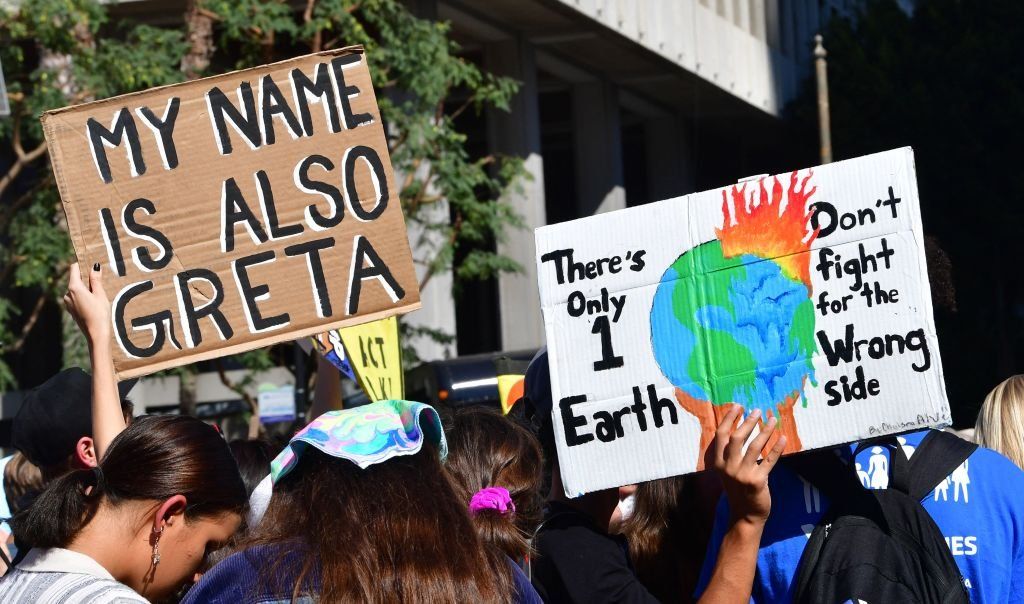
For years, the LGBT activist outfit GLAAD has waged a pressure campaign to get Hollywood filmmakers to produce as much non-straight content as possible.
GLAAD’s annual Studio Responsibility Index assesses the output of major film distributors and determines just how many have dutifully conformed. Last year, GLAAD determined that 100 of the 350 films released in 2022 by 10 key distributors, including the Walt Disney Company and Netflix, contained a non-straight character and 12 contained transvestite characters.
Sony was among the companies castigated for not having enough “LGBTQ-inclusive” films — only eight of its 38 releases assessed in the report met fulfilled activists’ criteria.
The Academy of Motion Picture Arts and Sciences has played its part, establishing “inclusion” criteria that films and filmmakers must satisfy in order to qualify for awards. Those who fail to conform will be excluded.
The apparent purpose of this exercise is not only conformity but to increasingly expose the population to activist-preferred ideas and imagery, thereby normalizing them in the public consciousness. LGBT propaganda is not, however, the only game in town.
‘We are living through a crisis that touches every aspect of our lives, and therefore has a place in every contemporary story.’
The Buck Lab for Climate and Environment at Maine’s Colby College and the pronoun-providing team of so-called experts and “storytellers” at the Los Angeles-based consultancy firm Good Energy, recently published a report entitled, “Climate Reality On-Screen: The Climate Crisis in Popular Films, 2013-22,” along with a corresponding “tool” that can be used to evaluate whether filmmakers have dutifully advanced climate alarmism in their multi-million dollar agitprop.
After citing U.N. Secretary-General António Guterres’ claim that “the era of global boiling has arrived,” the report states, “We are living through a crisis that touches every aspect of our lives, and therefore has a place in every contemporary story. Today, films set in the present or near future that do not include climate change can be considered what they are: fantasy.”
The activists — English associate professor Matthew Schneider-Mayerson and Good Energy consultants — likened their “Climate Reality Check” assessment to the Bechdel test, which is alternatively used to determine whether a work of fiction contains at least two female characters discussing something other than a man.
Instead of determining whether movies have a satisfactory number of female characters dialogically divorced from the other half of the species — an assessment likely more difficult in GLAAD-conforming films — the climate assessment asks whether, in a given story, climate change exists and a character knows it.
The activists made clear in a separate document that satisfaction of both pieces of this assessment could help advance climate alarmists’ agenda.
“Studies show that viewers who see climate change included in films are more likely to prioritize it as an issue that demands attention and action in real life,” wrote the activists. “A character talking about climate change can help model conversations about it in real life, and simple conversations about climate change can be remarkably influential.”
‘Climate change was present in twice as many films released during the second half of the decade we examined (2018 to 2022) compared to the first half (2013 to 2017).’
The activists treated themselves to the study of 250 of the most popular movies released between 2013 and 2022, ignoring high fantasy, science fiction films not set on earth, films set before 2006, and films set in the distant future.
According to the report, only 9.6% of the 250 films “passed.”
“Climate change existed in the story world of only 12.8% of all films (passing part one of the test),” said the report. “Climate change was mentioned in two or more scenes in only 3.6% of all films.”
While countless filmmakers apparently failed climate alarmists by failing to factor the weather into their writing sessions, the report indicated that conformity has nevertheless been on the rise.
“Climate change was present in twice as many films released during the second half of the decade we examined (2018 to 2022) compared to the first half (2013 to 2017),” said the report. “At this inflection point in the crisis, there is an unprecedented opportunity for Hollywood to help us navigate what it means to be human in the age of climate change, by creating authentic stories that reflect the reality we’re all living in.”
The activists apparently believe those intended to entertain have an obligation to inform and remind audiences about the supposed “gravity and urgency” of climate change.
Time will tell whether filmmakers will be confronted with yet another index and set of awards criteria aimed at facilitating ideological alignment.
Like Blaze News? Bypass the censors, sign up for our newsletters, and get stories like this direct to your inbox. Sign up here!
Source: TheBlaze








